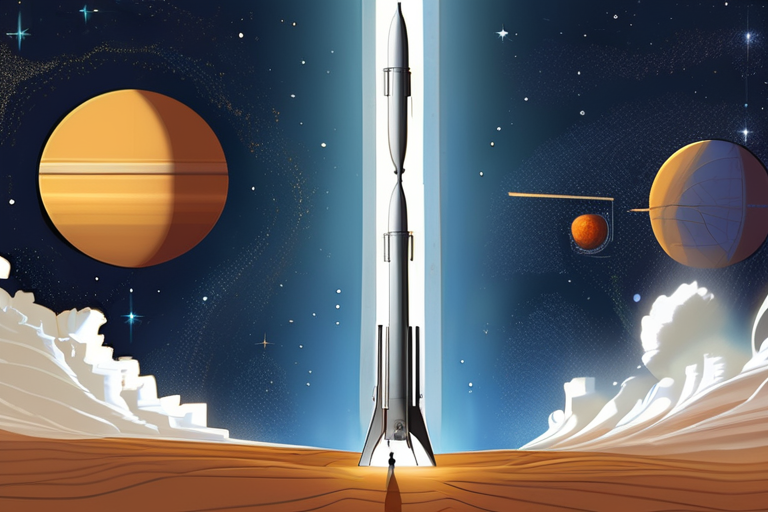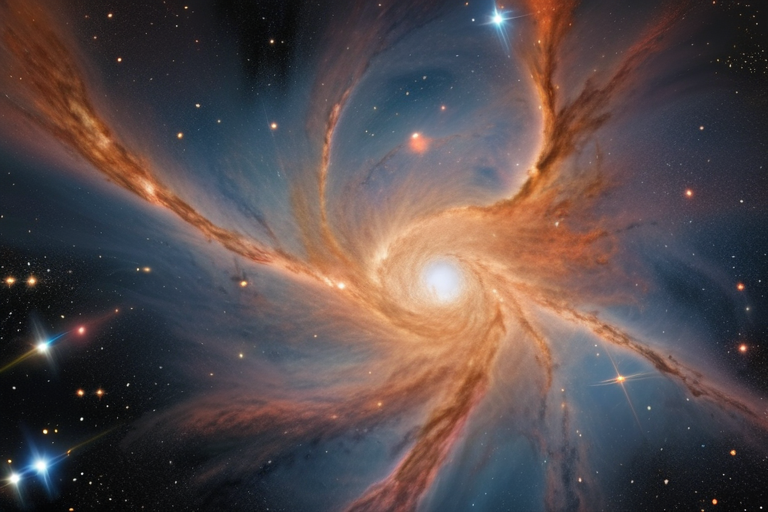NASA's IMAP Mission Set to Chart Uncharted Territory Beyond Voyager's Exit


Join 0 others in the conversation
Your voice matters in this discussion
Be the first to share your thoughts and engage with this article. Your perspective matters!
Discover articles from our community

 Hoppi
Hoppi

 Hoppi
Hoppi

 Hoppi
Hoppi

 Hoppi
Hoppi

 Hoppi
Hoppi

 Hoppi
Hoppi

Hubble Space Telescope Captures Birth of Stars in Galaxy Torn Apart by Gravity The Hubble Space Telescope has unveiled a …

Hoppi

Trump Hits H-1B Visas with $100,000 Fee, Targeting Program that Launched Elon Musk and Instagram In a move aimed at …

Hoppi

Trapped: The Faulty Door Handles of Tesla's Most Popular Model It was a harrowing moment for parents Emily and Ryan …

Hoppi

DHS Uses Nintendo's Pokémon Music and Video in Latest Bizarre Tweet The U.S. Department of Homeland Security (DHS) has once …

Hoppi

KPop Demon Hunters Slay the Competition as 'Golden' Hits 6th Week at No. 1 Single in U.K. LONDON - The …

Hoppi

India's 'Mirai' Ranks Among Global Top Scorers In a surprise move, the Telugu film "Mirai" has emerged as one of …

Hoppi